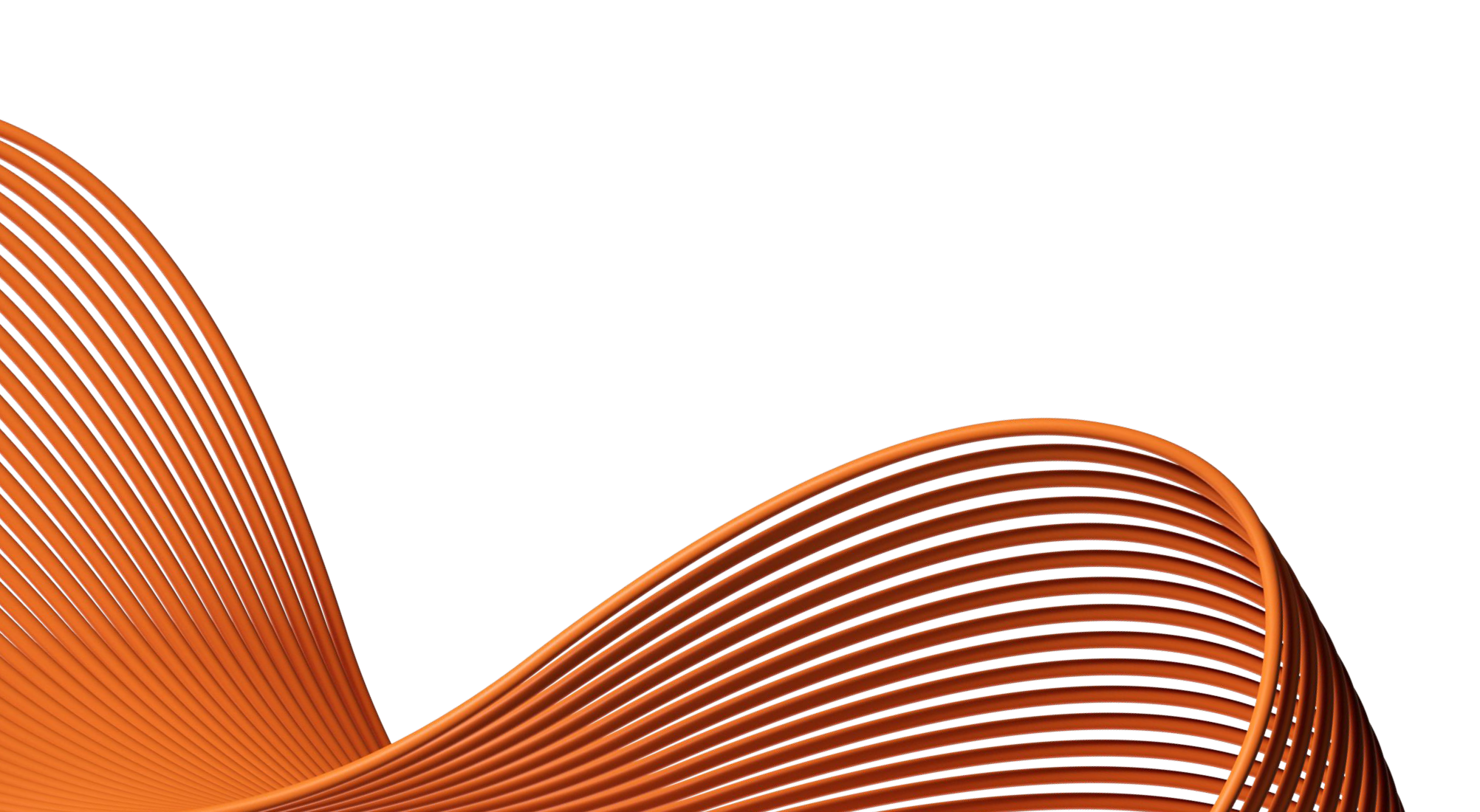- Our Products
- Upper Extremity
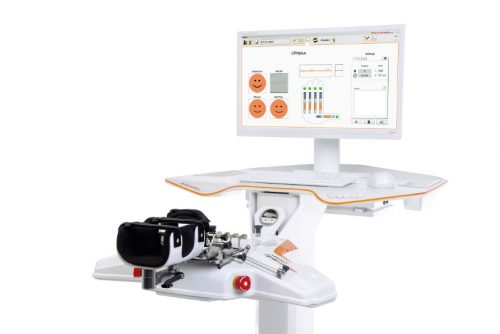 Amadeo Finger-Hand-Rehabilitation
Amadeo Finger-Hand-Rehabilitation
Amadeo is giving hands back their grip and fingers their finesse. Patients who are barely able or unable to grasp can perform hundreds of robot-assisted grasping movements. It won’t train a new Mozart. But it will help patients return to the piano, handwriting Christmas cards, and grabbing life firmly by the horns.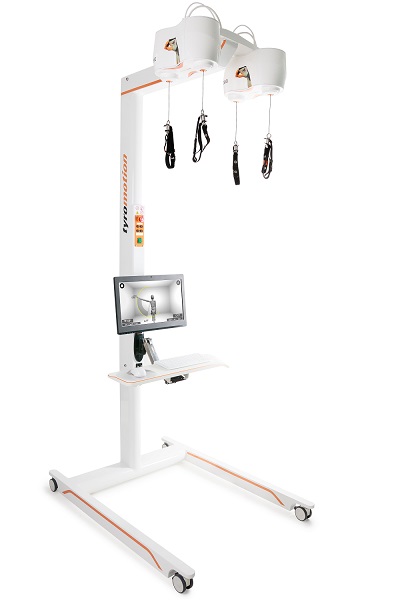 DiegoShoulder-Arm-Rehabiliation
DiegoShoulder-Arm-Rehabiliation
Diego is designed to strengthen what’s important. Whether proximal or distal training, Diego purposefully supports the rehabilitation of natural motion, allows the handling of everyday objects to be relearned, and is usable by adults and children alike.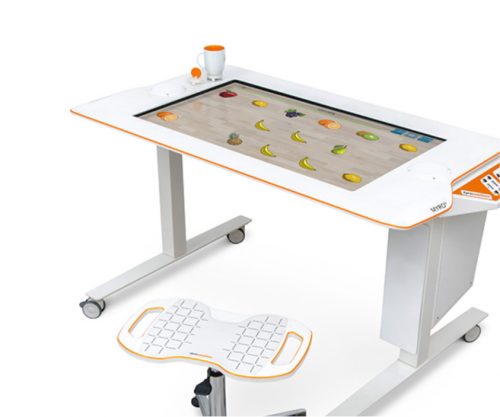 Myro Interactive and task-specific therapy
Myro Interactive and task-specific therapy
Myro is made for making humans get better! The sensor-based surface enables task-oriented rehabilitation with real objects, trains the patient’s cognitive abilities, and improves motor abilities of the upper extremity.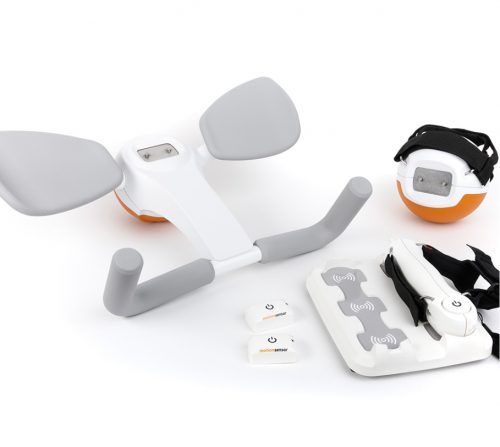 Pablo Upper Extremity Rehabilitation
Pablo Upper Extremity Rehabilitation
As a multifunctional rehabilitation device with comprehensive accessories, Pablo enhances classical therapy exercises with biofeedback, objective assessments, and gamification. It won´t train the next Picasso. But it will help patients to take back control of their lives.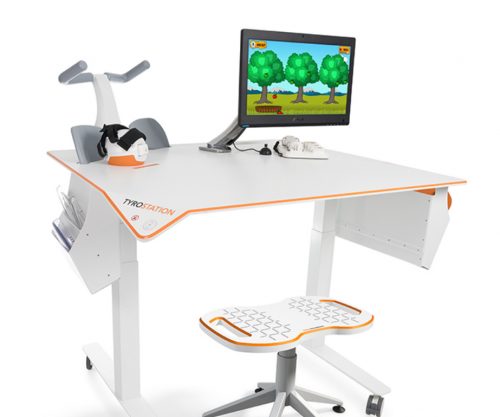 Tyrostation The perfect therapy setting
Tyrostation The perfect therapy setting
The Tyrostation is home to all components of Pablo and Tymo and provides ergonomic adaptability for patients. Sometimes, it´s about the little things in life – or therapy.
- Lower Extremity
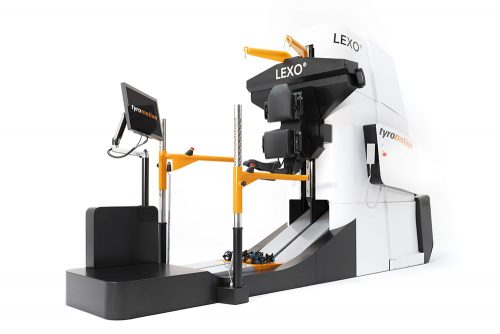 LexoGait and Locomotion
LexoGait and Locomotion
Lexo is a revolutionary gait trainer and impresses with fast setup, high patient activity and optimal trunk support. It encourages active participation and enables therapists to focus fully on their patients.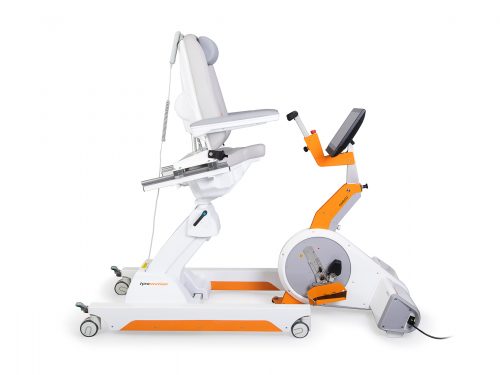 Omego Plus Gait training for the goals across all phases
Omego Plus Gait training for the goals across all phases
More than just a therapy bike! Omego Plus combines uni- and bilateral leg training, leg press, stepper, cycling & foot lift training in one device. Stride stronger with Omego Plus!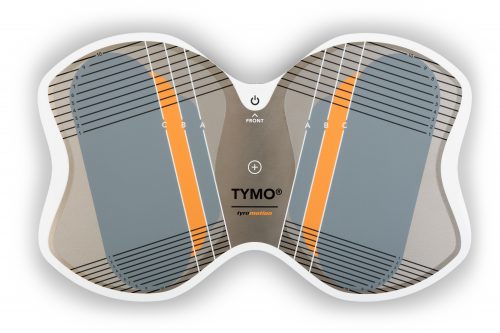 Tymo Balance training and postural control
Tymo Balance training and postural control
Small but powerful! Tymo is a versatile measurement and therapy system for the whole body. In addition to the standing position, Tymo offers a wide range of options for maximum variety during therapy.
- MTT-Line
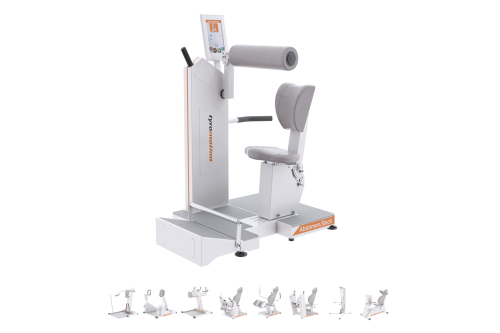 MTT-LineMedical training therapy
MTT-LineMedical training therapy
Get back in the game with the MTT-Line! The Medical Training Therapy devices are specifically designed to strengthen the six major muscle groups of the human body. Barrier free and maximum adjustability make the devices accessible for all types of patients.
- Software
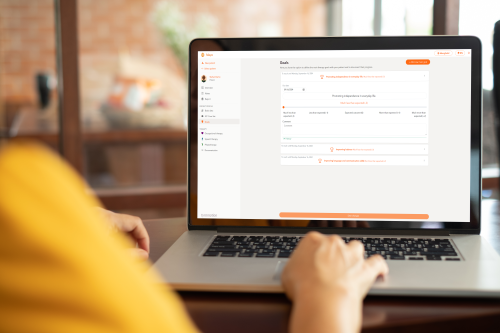 Maya Therapy Platform
Maya Therapy Platform
Maya reduces paperwork, standardizes documentation, and automates reporting, making administration effortless and efficient. Designed for therapists to work wonders!
- Upper Extremity
Rehabilitation
How Advanced Rehabilitation Technology helps Spinal Cord and Brain Injury Patients
17. January 2022 ● 3 min. Reading time
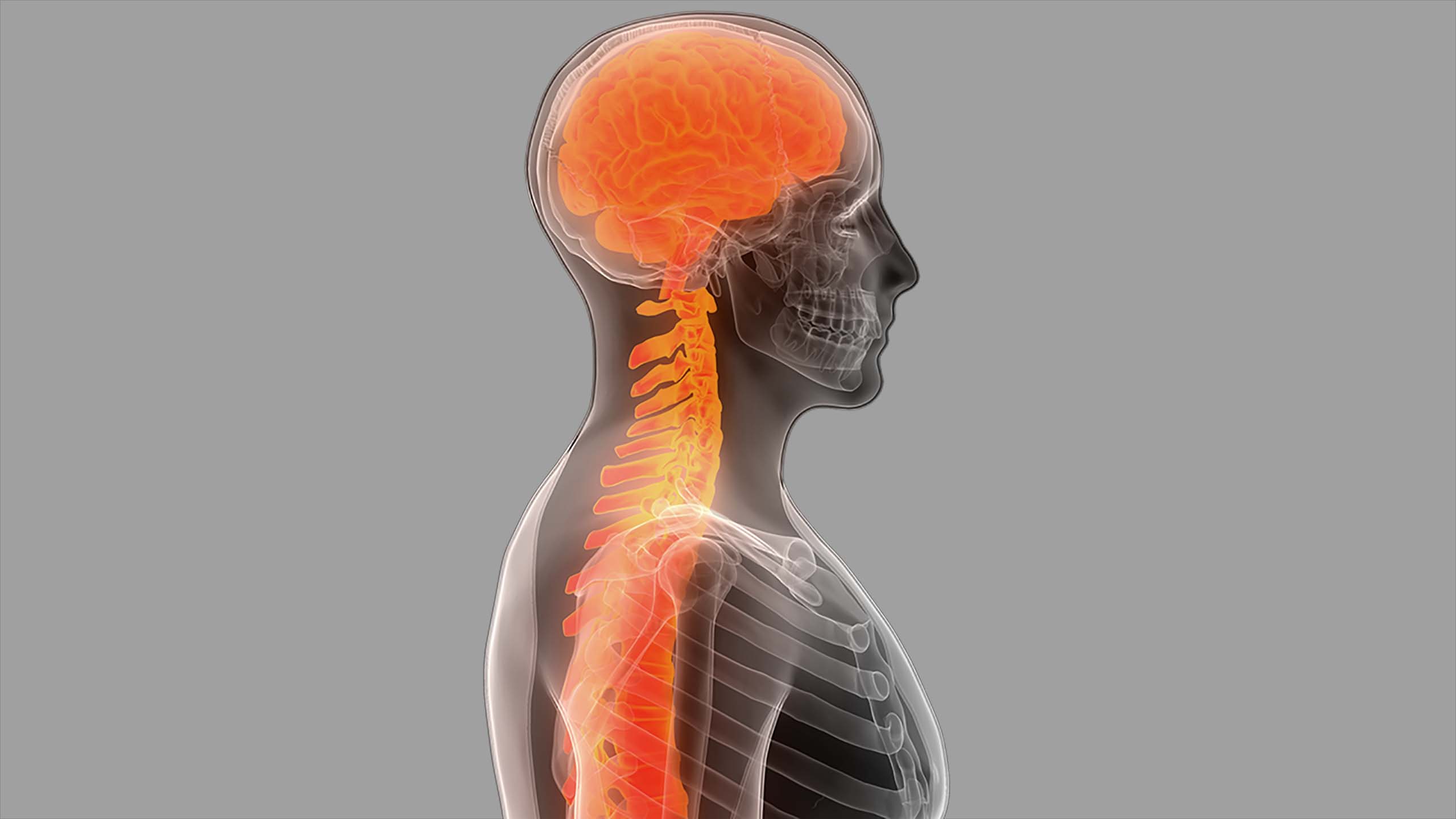
Robotics, sensors, virtual reality, and gamification allow a patient’s attention to divert away from the stress and anxiety of their health problems.
Adjustable devices offer real-time feedback to the therapist and the patient. Data from each device can be analyzed to determine when to increase the difficulty of the exercises and to challenge patients to reach higher goals.
Read on to learn more about how advanced rehabilitation devices can help SCI or TBI patients.
Benefits to Patients with Spinal Cord Injury
Spinal cord injury is the second leading cause of paralysis in the United States. Spinal cord damage can cause a sudden loss of motor function, range of motion, sensation, and strength. Depending on the location and the severity of the damage, the patient can experience mild to moderate limitations in the legs, arms or the whole body. The damage can occur due to an accident or an illness.
While researchers hope to fully repair damaged spinal cords in the future, they haven’t yet developed that ability. In the meantime, physical and occupational therapy can help improve the lives of people affected.
There is evidence showing that activity-based-therapy can improve independence and functional ability for people with SCI. The patient may be able to relearn specific movements and regain skills to help them with activities of daily living (ADLs), such as eating and dressing.
Advanced rehabilitation devices use motor-learning-principles which can help patients to re-establish daily activities. By leveraging the brain and spinal cord’s neuroplasticity, patients can establish new neuropathways and acquire new motor skills.
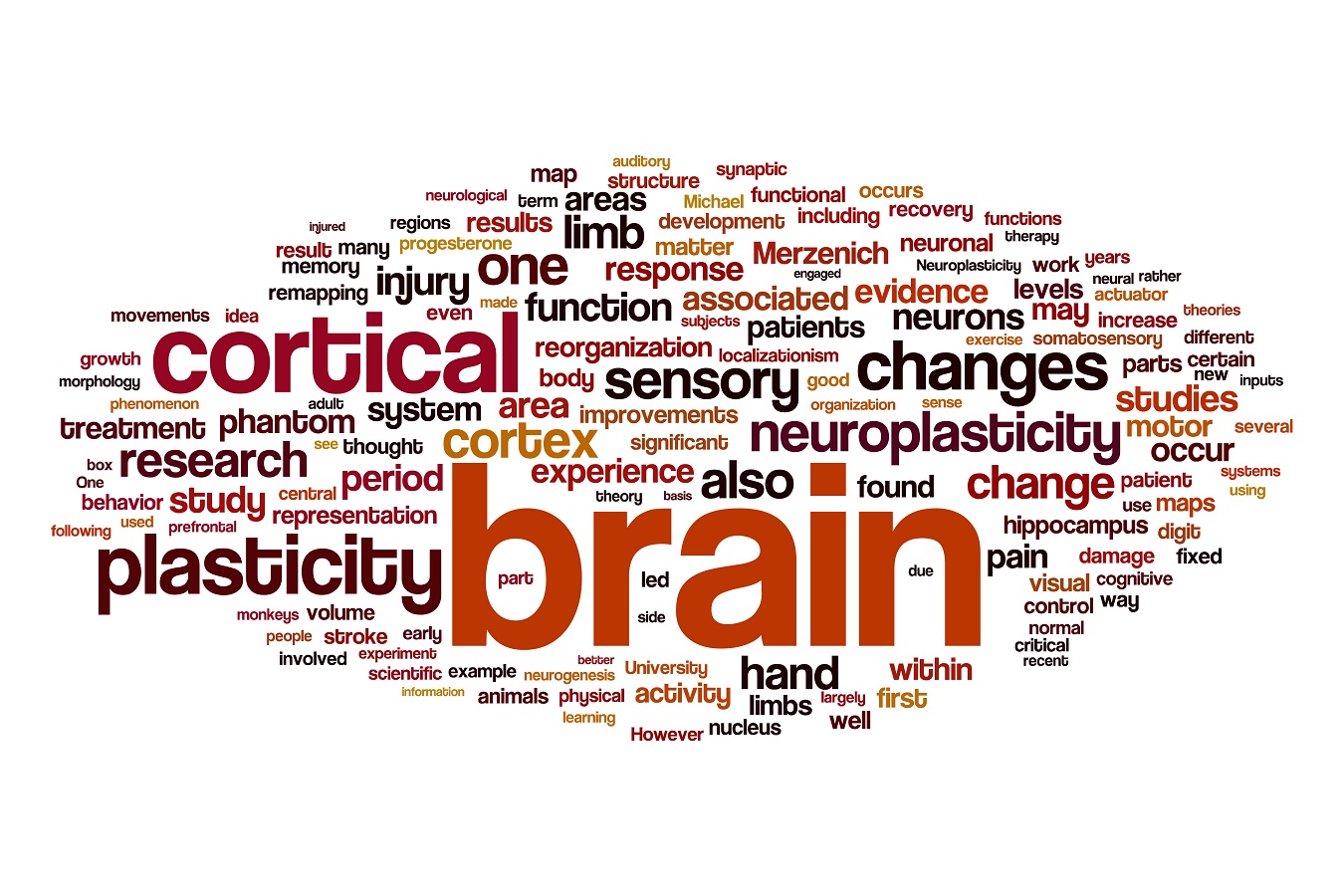
Benefits to Patients with Traumatic Brain Injury
According to the Center for Disease Control and Prevention (CDC), traumatic brain injury (TBI) is a leading cause of disability. Each year an estimated 1.5 million Americans sustain a TBI.
TBIs can occur in many ways, including car crashes, accidental falls, violence, or assault. Regardless of how the injury occurs, patients who experience a TBI often struggle with motor, cognitive and emotional problems. Some of them last months, some years or some may last a lifetime. Statistic shows that approximately five millions TBI survivors sustain long-term neurological deficits.
Advanced rehabilitation technology can support patients in many ways during their recovery. Virtual Reality provides promising results, offering patients an highly emotionally engaging experience.
Assessing and Building Life Skills after Spinal Cord Injury or TBI
Technology-based therapeutic devices can be used to assess and help reduce:
- Deficits in vestibular function and balance
- Impairments of executive dysfunction and memory
- Abnormalities in cognition and attention issues
- Difficulties with motor skills needed to live independently
Advanced rehabilitation technology can inspire patients with spinal cord and traumatic brain injury to persevere. From gait and balance therapy to upper and lower extremity exercises, technology-based devices push the limits of what is possible.
Sources:
Virtual Reality Neurorehabilitation for Mobility in Spinal Cord Injury: A Structured Review (2019)
Report to Congress: Traumatic Brain Injury in the United States (1999)
Virtual Reality for Traumatic Brain Injury (2018)
Virtual Reality Neurorehabilitation for Mobility in Spinal Cord Injury: A Structured Review (2019)
You might also be interested in
4. April 2023
Health
Rehabilitation
Stroke nutrition guidelines for optimal health
Nutrition as the key part in health and well-being of stroke survivors A healthy, balanced …
21. March 2023
Rehabilitation
Kinesio taping in neurology as a useful therapy supplement
The Kinesio tape and its usefulness in neurological therapy What was originally known only from …
7. March 2023
Rehabilitation
Exercises against freezing of gait in Parkinson’s disease
When the legs freeze – how does the symptom “Freezing of Gait” manifest itself? Parkinson’s …



 Contact
Contact 

 Contact
Contact 